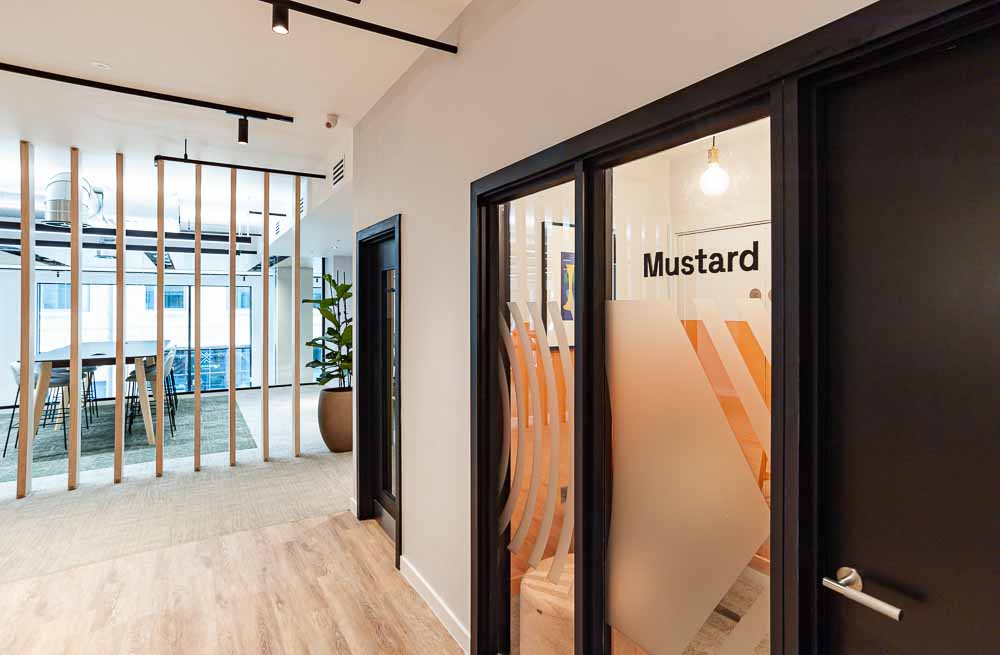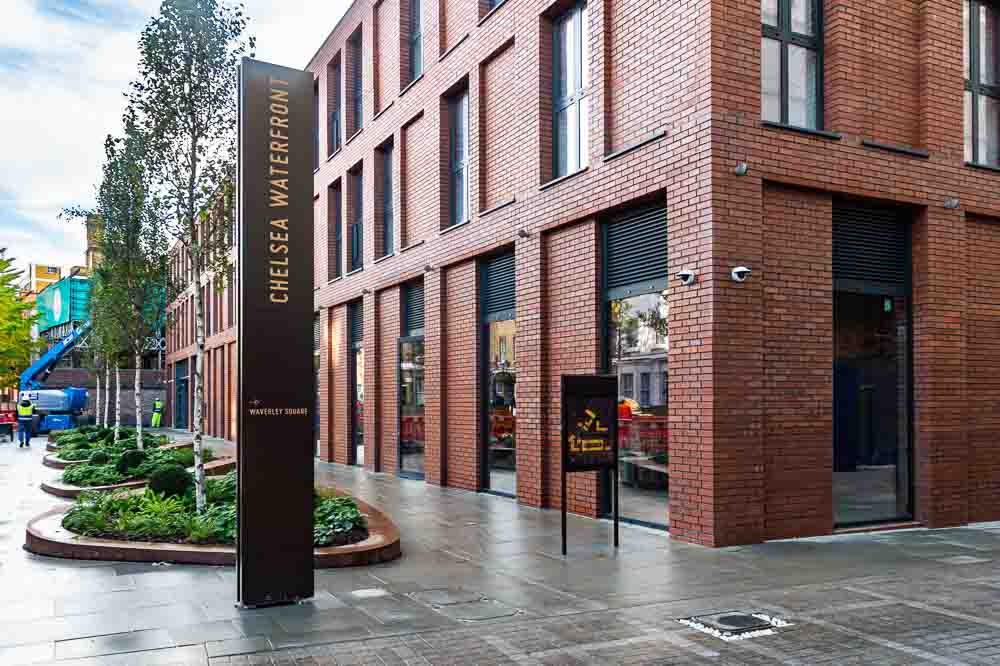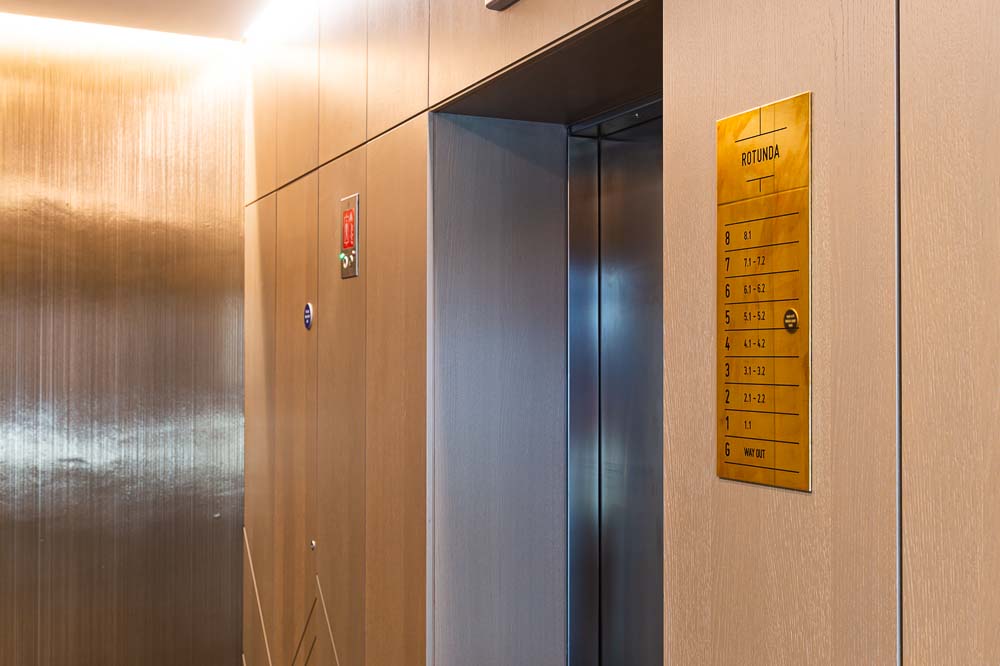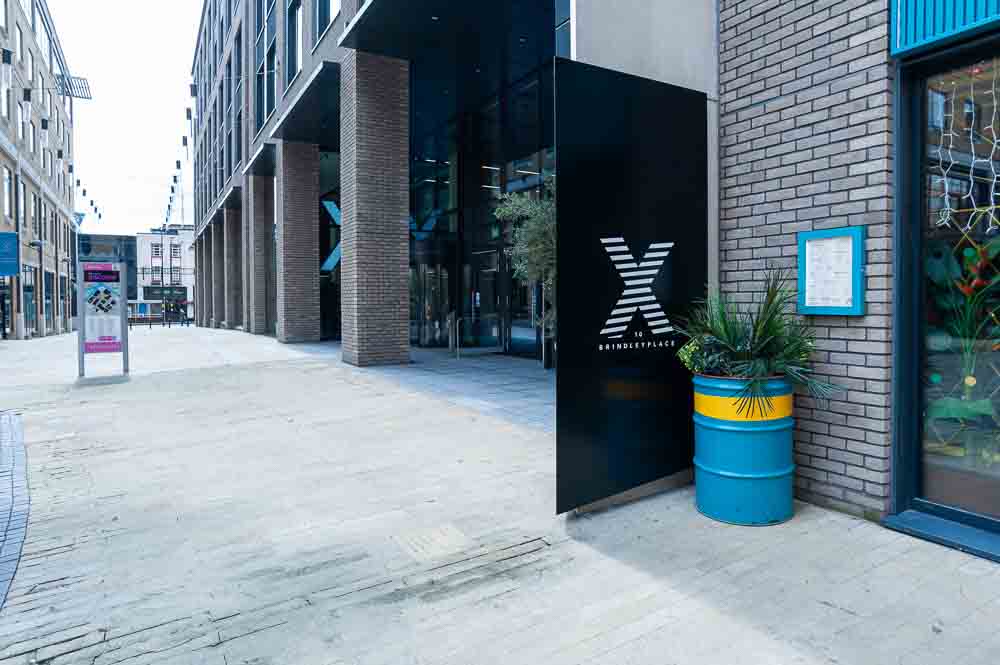The environment we, as humans, work, live and socialise in has a great effect on us. During the design of environments, it’s important to understand how the choices made will affect the enjoyment of users. The choice of lightbulbs and temperature in an office can profoundly affect the productivity, and health, of workers. Too bright and their vision can be impaired. Too hot and they can become sleepy.
It’s a similar story with signage as that can have a positive or negative effect on the space and people using it. In this article we’re going to look at how creative signage solutions can be used to enhance an environment.
Understanding that signage can enhance an environment
It might not seem like the first choice for decorating a space but signage is actually a key ingredient for decoration across a variety of environments. In many spaces, such as hotels, offices and schools, signage is not just used to communicate messages but also to promote brand awareness and create a welcoming environment.
Good architectural signage can enhance an environment through the use of colours, lights and materials. This is the case for both internal and external environments. For example, a large living wall in an office is a stunning way to incorporate a company logo and bring beautiful plants inside. Externally, a brightly lit shop sign in festive colours illuminates the path for passersby and adds to the ambience and excitement of holiday shopping.
Understanding that signage can play a large part in enhancing an environment opens up endless possibilities for designs and creativity.


Designing signage for your target audience
As part of a good signage strategy, it’s important to know who the target audience are, and what they will be using the signs for. As an example, an entire wayfinding scheme in a hospital needs a different approach than an informative sign in a primary school. It’s a higher priority for the school sign to include the school branding and be easy for primary students and adults to understand. Hospitals are less likely to focus on branding and place a higher priority on accessibility instead.
Accessibility is a big part of designing signage schemes and this can be tailored to the audiences too. Hospital signage, for example, should be as inclusive as possible. Contrasting colours, colour schemes, large fonts and considerate placements will make it much easier for people with accessibility needs to navigate.
Maximising the impact of signage with creativity
The use of creative lighting, fonts, colours, and textures can enhance signage and make a more lasting impression. A plain welcome sign is functional and does the job of saying ‘welcome’ to visitors, but without any creativity, people won’t feel any emotion connected with it. The aim of a welcome sign is to let people know where they are, and to make them feel welcome.
A good example is Capa College in Wakefield. This is a college for the performing arts and every day the students are greeted by a 15-metre built up face illuminated aluminium logo sign. These students are training to become big stars, and the size of the logo as they come to college will speak to them on an emotional level as well as practical. After a couple days there, they no longer need the sign for wayfinding or information, but the emotional connection will linger.
Enhancing environments, whether they are schools, hotels or gyms, can be done through creative signage solutions. Good signage solutions are created with the audience and accessibility in mind. Excellent signage solutions are achieved by encouraging creativity to build emotional connections with users.
For more inspiration on how creative signage can enhance an environment, take a look at how we enhance environments with signage in our case studies.


